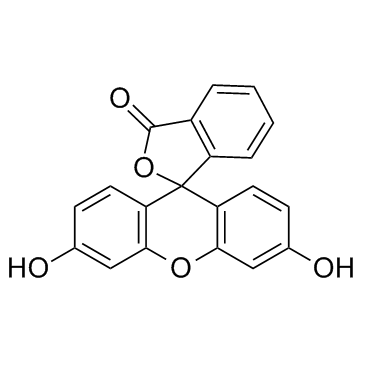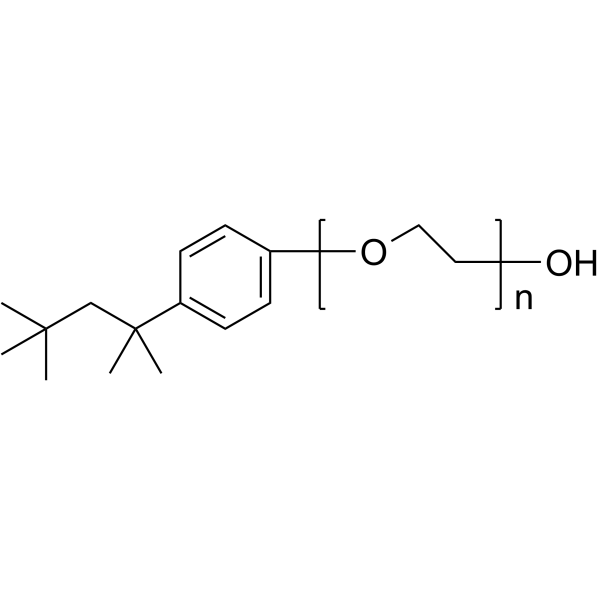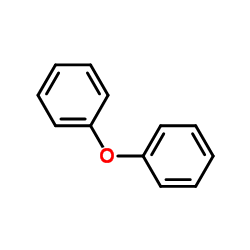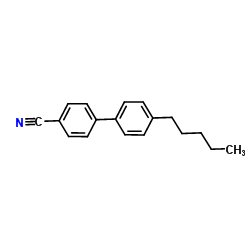| 结构式 | 名称/CAS号 | 全部文献 |
|---|---|---|
 |
荧光素
CAS:2321-07-5 |
|
 |
曲拉通X-100
CAS:9002-93-1 |
|
 |
二苯醚
CAS:101-84-8 |
|
 |
4'-正戊基-4-氰基联苯
CAS:40817-08-1 |